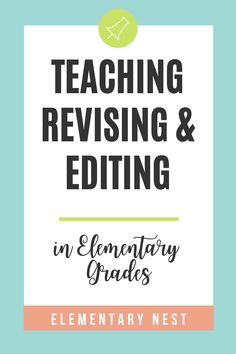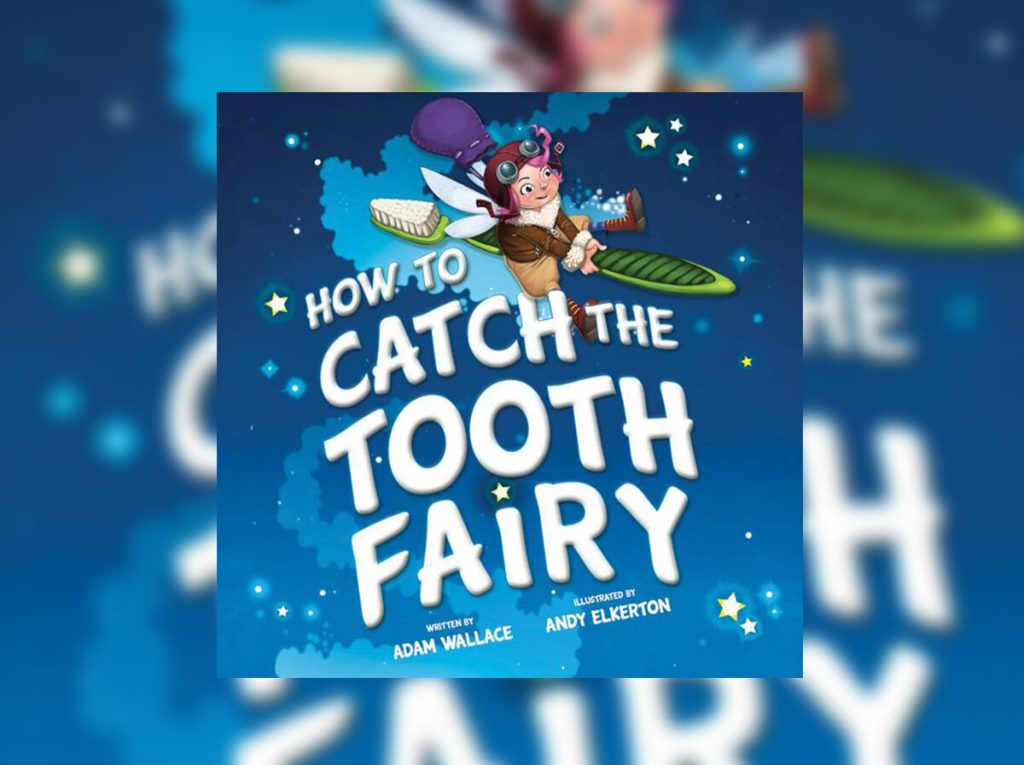Editing and proofreading are essential skills for anyone involved in the writing process, whether it be for academic papers, business communication, or creative works. The ability to critically analyze and refine written material not only leads to higher quality output but also enhances one’s understanding of language and its nuances. Here is a guide on how to teach editing and proofreading skills effectively.
Understanding the Difference Between Editing and Proofreading
Before diving into the teaching process, it is essential to differentiate between editing and proofreading. Editing involves making changes that improve the overall quality of the writing, such as refining the language, enhancing clarity, restructuring paragraphs, and ensuring coherent flow. Proofreading, on the other hand, is the final step of reviewing to catch surface errors like grammar mistakes, spelling errors, and punctuation issues.
Step-by-Step Guide to Teaching Editing and Proofreading
1.Foundation in Grammar and Style: Ensure that students have a solid grounding in grammar rules and writing styles. This can be achieved through lessons that focus on sentence structure, common grammar pitfalls, punctuation usage, and understanding different writing styles.
2.Active Reading: Teach students to read actively by looking out for areas that need improvement in a piece of text. Encourage them to ask questions about whether sentences are clear and if the text flows logically.
3.Practice with Samples: Provide practice with diverse texts that require varying levels of editing and proofreading. Start with simpler tasks before moving onto more complex material.
4.Use of Tools: Introduce students to different editing tools such as style guides (e.g., APA, MLA), grammar checkers (e.g., Grammarly), and dictionaries/thesauruses. Explain how these tools can support but not replace their judgment.
5.Peer Review Sessions: Organize peer review sessions where students edit each other’s work. This peer-to-peer interaction promotes collaborative learning and exposes students to different writing styles and thought processes.
6.Focus on Feedback: Teach students how to provide constructive feedback when editing others’ work. Feedback should be specific, actionable, objective-driven, and kind.
7.Developing a Checklist: Help students create personalized editing checklists that they can refer to during their own proofreading sessions. This list may include checks for subject-verb agreement, verb tenses consistency, proper use of commas, spell-checking, etc.
8.Time Management: Stress the importance of time management when editing and proofreading. Rushed work often leads to missed errors; hence time should be allocated specifically for these activities.
9.Regular Assessments: Conduct regular assessments via quizzes or editing tasks to reinforce learning objectives and track progress.
10.Instill Patience: Impress upon your students that editing and proofreading take time – mastery involves patience and practice.
11.Encouragement of Perseverance: Acknowledge that everyone makes mistakes – encourage perseverance by highlighting corrections as part of the learning curve rather than failures.
By following these steps meticulously, teaching editing and proofreading skills can be turned into an interactive learning experience that significantly benefits students’ writing capabilities.











